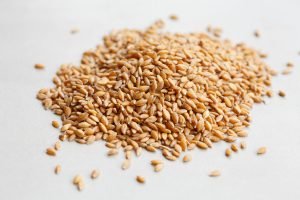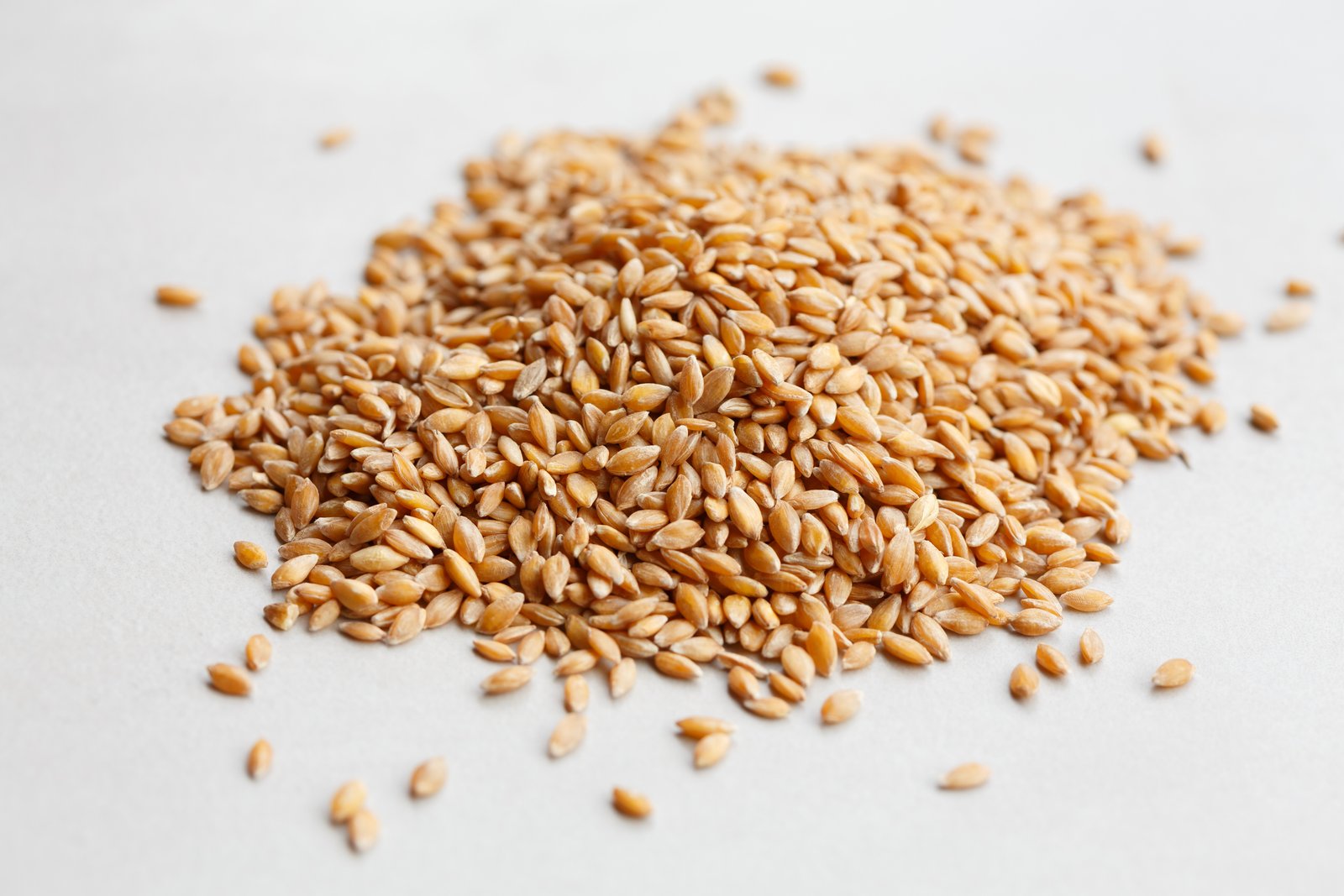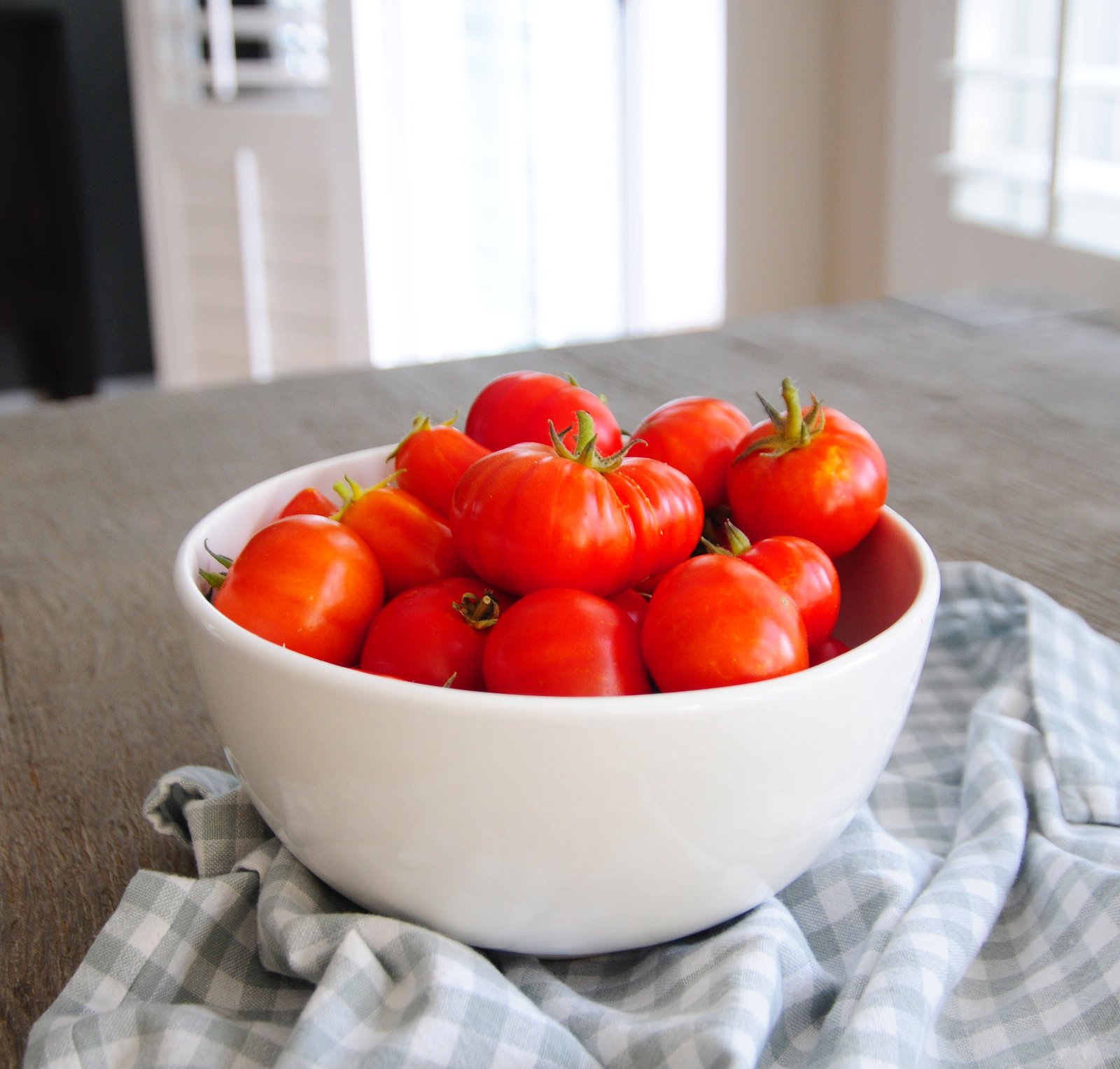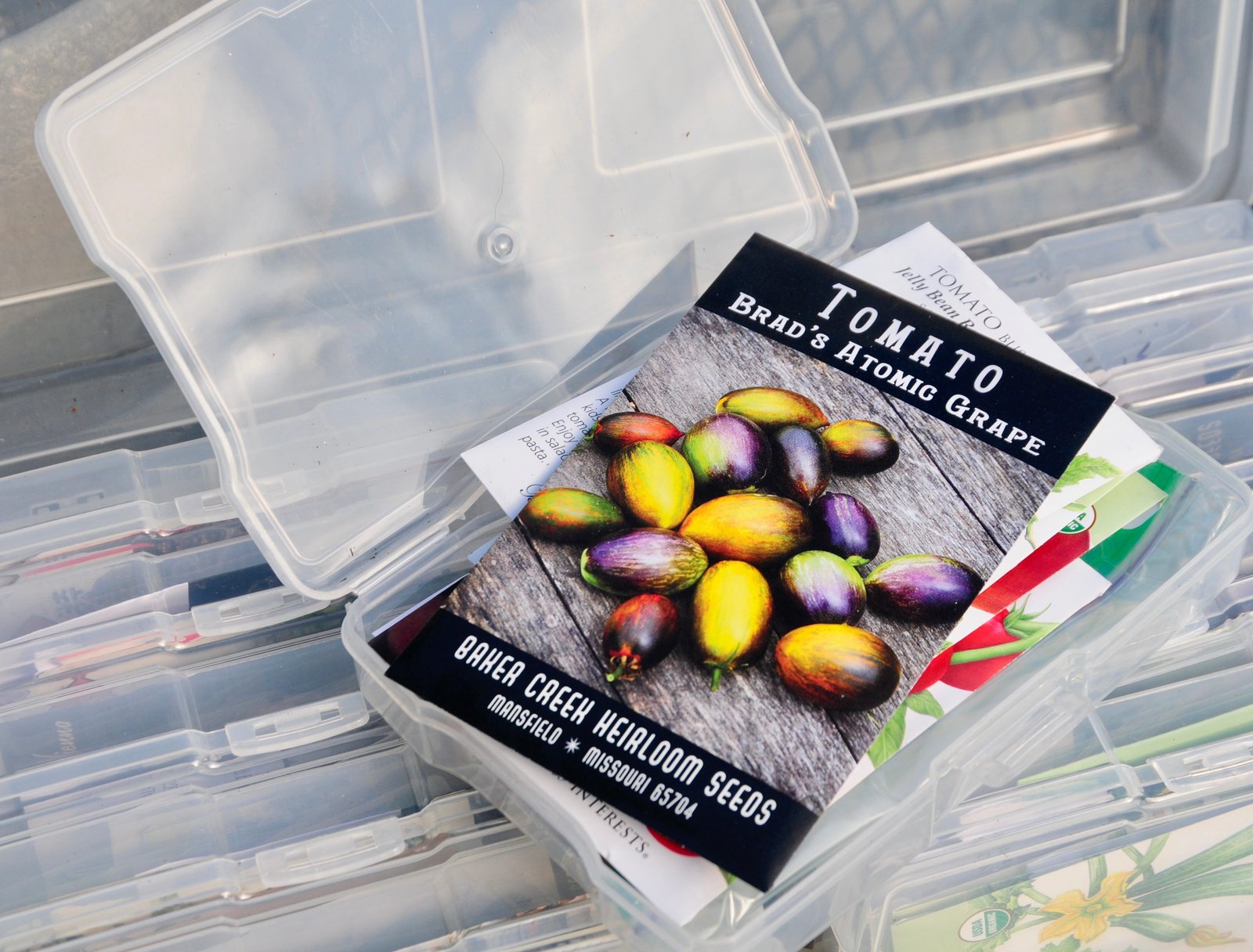Most of you know by now that I was forced to adopt a gluten free lifestyle around 2 years ago. Though I’ve been biopsied and tested for Celiac disease (I’m negative), I know that my body has difficulty digesting gluten. Well, that is until now…dun dun dun!
After much research into gluten free flours and ancient grains, I stumbled upon Einkorn wheat and decided to give it a try. Einkorn is the world’s most ancient wheat and today it remains in its true, unhybridized form. Historians suspect Einkorn is what the ancient Egyptians and Romans ate thousands of years ago. Here’s the crazy part…it contains gluten and I can totally eat it!
A BRIEF HISTORY LESSON
Over the last few years, non-celiac gluten sensitivity has been on the rise. Why is this? Many point fingers at pesticide usage (I’m looking at you, Round Up). Others blame our modern day wheat and the transformation it has undergone, calling it “Frankenwheat”— an almost entirely unrecognizable hybrid from it’s distant ancient relatives. Modern wheat is not technically genetically modified, but the scientific hybridization that it has undergone over time has basically created a foreign wheat.
So why did this occur? Money talks. Our modern day wheat, or Frankenwheat, has been bred over the years to embody characteristics that increase yield and therefore churn a maximum profit. More specifically, modern wheat has been bred to be a smaller plant, yet produce a large harvest. Not only does modern wheat yield more grains, the grains themselves are larger. On the flip side, Einkorn is a very tall plant that produces a small harvest, making it labor intensive and difficult to harvest for a small yield in return. This is one of the reasons why Einkorn fell out of favor and is not grown at the commercial level of modern wheat.
Don’t get me wrong— the mass production of wheat that has been the result of this is not entirely bad. Hybridization and breeding was also encouraged as a means to help prevent plant diseases, pests, better adapt to the elements etc. Also, think of how much more food we’ve been able to create as a result. In fact, some even credit the motivation behind wheat hybridization and mass production as part of the solution to ending world hunger. The accessibility that this modern grain has created cannot be overlooked.
On a local level, however, we have now reached a point where it has become a problem. We are factory farming animals and feeding them grain instead of grass, creating a whole new set of problems that affects not only the integrity of our agriculture, but our meat sources as well. Think about it: if meat farmers are feeding their livestock modern day grains to fatten them up before slaughter, what do you think those grains are doing to us? Plus, people are now exhibiting a laundry list of very real symptoms as a result of this Frankenwheat, leading to the increasing development of non-celiac gluten sensitivity. It’s time that we pause to think and revert back to the ancient techniques of our ancestors.
WHERE DOES EINKORN FIT IN
Ok, enough with the history lesson, though I promise you this all ties together! Let’s get back to Einkorn and why it’s my new obsession. So why can non-celiac gluten sensitive people often digest Einkorn wheat with no problem? The answer lies in the chromosomes, and when it comes to gluten, the fewer the better.
There is a correlation between chromosome count and gluten content, so the fewer the chromosomes, the lower the gluten content. Einkorn wheat has 14 chromosomes, whereas modern day wheat has 42! In addition to sheer numbers, the gluten in Einkorn is actually genetically different than that of modern day wheat. This is what makes Einkorn so much more digestible. Make no mistake though, Einkorn flour is still NOT gluten free and is not recommended for those with Celiac disease or a wheat allergy.
Outside of the lower gluten content, there are many other benefits to replacing your modern wheat with Einkorn wheat, even if you are not gluten intolerant. For starters, it tastes better! It is also minimally processed. Processing is known to reduce the nutrient content in food, and because Einkorn is the purest form of wheat available today, its nutrient content is higher than that of even other ancient grains. A nutrition breakdown can be found here.
So there you have it! I’m thrilled to have found a form of real wheat that I can digest with no symptoms. Discovering Einkorn and learning about it’s history has opened a door for me to experiment with so many fun recipes (hellooo sourdough breadbaking!) and I can’t wait to share them all with you.
For those of you anxious to learn more about Einkorn wheat, I’d highly encourage you to visit einkorn.com. I’ve gone deep down the Einkorn rabbit hole on that site and have learned so much about this wonderful ancient grain. I credit Einkorn.com with giving me the inspiration to try it. I also bought my first bag of flour from their website and let me tell you, it’s good stuff!
I’d love to hear from you! Have you tried Einkorn wheat before? Do you have any baking secrets or prep recommendations? Let me know in the comments!


 Why I Avoid Gluten But Still Eat Lectins
Why I Avoid Gluten But Still Eat Lectins
Leave a Reply